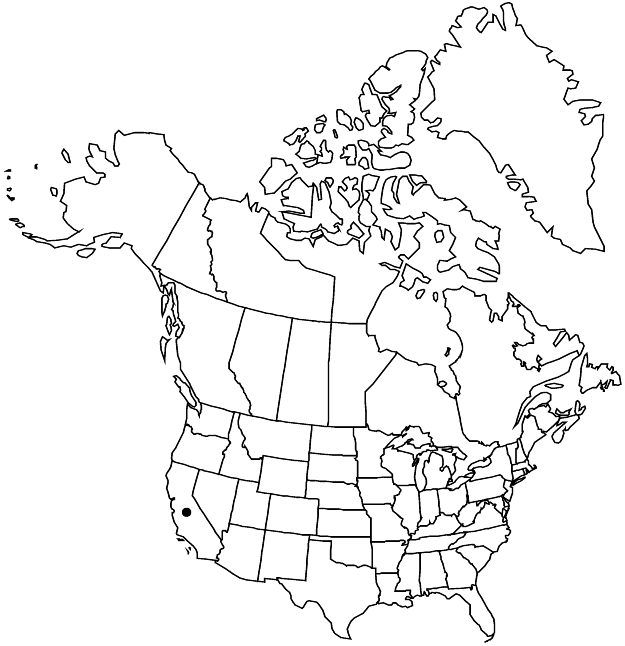Eriogonum ursinum var. ursinum
Plants 0.5–4 × 3–6 dm. Aerial flowering stems 0.4–4 dm, thinly tomentose to glabrate. Leaves: petiole 0.1–0.5(–0.8) cm; blade ovate, 0.8–1.4(–2.5) × 0.5–1.2(–2) cm, densely white- or rufous-tomentose abaxially, thinly tomentose or glabrous and greenish adaxially. Inflorescences thinly tomentose to glabrate; proximal bracts 3–8, lanceolate, 0.5–1.5(–2) × 0.3–1 cm, distal bracts scalelike, not midway along branch, 1–5 mm. Involucres turbinate, 3.5–4.5(–5) × 2.5–4 mm. Flowers 4–6 mm at anthesis, 5–6 mm in fruit; perianth pale yellow, rarely yellow, not suffused with blush of color. Achenes 3–3.5 mm.
Phenology: Flowering May–Sep.
Habitat: Sandy to gravelly, mostly volcanic flats and slopes, oak and montane conifer woodlands
Elevation: (500-)900-2500(-2800) m
Discussion
Variety ursinum is rather common in the northern Sierra Nevada (Lassen, Nevada, Placer, Plumas, Shasta, and Sierra counties), with a series of disjunct populations on the Trinity-Tehama-Shasta county lines. A low-elevation population (Hutchinson et al. 2693, JEPS) is known from near Pulga along the Feather River in Butte County.
Bear Valley wild buckwheat forms large, colorful mats on the forest floor, with rather compact but compound umbels of pale yellow flowers. The plants do well in the garden. A specimen (T. J. Howell s.n., NY) supposedly gathered somewhere in Oregon is discounted as to location.
Selected References
None.
